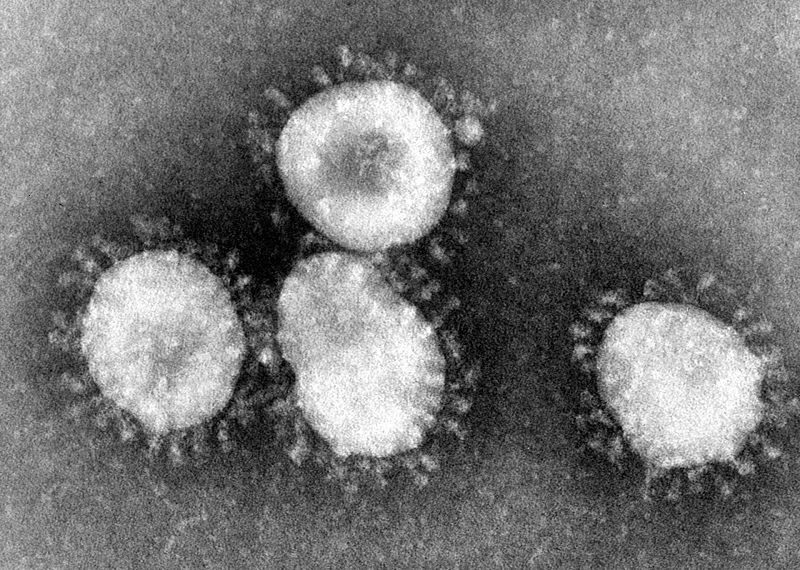China widens travel restrictions but virus not yet a global emergency
23 January, 2020
3 min read


China has now placed travel restrictions on three cities with populations totaling 20 million people as it battles to contain a virus outbreak that is causing global disquiet.
Chinese authorities on Thursday morning closed down public transport in Wuhan, the city from which the outbreak originated, but later extended it to nearby Huanggang and Ezhou.
Officials said 570 people had contracted the disease and 17 had died, although some experts believe the toll is likely higher.
READ: china cuts off city in bid to limit virus spread
Cases of the virus have now been found in Taiwan, Japan, Thailand, South Korea and the US and there are fears it may be a repeat of the 2002-03 SARS epidemic.
That prospect affected global share markets Thursday, including a number of airline stocks.
Airlines in Asia have begun to take measures to a guard against a potential spread of the disease and Hong Kong’s Cathay Pacific announced it would suspend flights to Wuhan by subsidiary Cathay Dragon until February 29.
The airline is also allowing flight attendants to wear surgical masks on all flights.
“We are monitoring the situation closely and will continue to coordinate with the health authorities in Hong Kong and in all the ports to which we operate flights,’’ Cathay said in a statement.
“Our customer services team will be reaching out to affected passengers to help them refund their bookings or postpone their travel plans.”
Thai Airways International said it was taking preventative measures to guard against the coronavirus based on directives from health and aviation authorities.
They included passenger screening, measures with preparing meals and moves to disinfect and clean aircraft interiors.
“In particular, employees on duty must take heed of personal hygiene, such as wearing protective masks and gloves, and pay attention to passenger symptoms while on board,’’ Thai said.
The World Health Organization's emergency committee met on Thursday but decided the virus at this stage did not qualify as a "public health emergency of international concern"
The committee will reconvene in 10 days' time, or earlier if necessary.
A statement on the health body's website described views within the committee on whether the event was a global emergency as divergent after Chinese authorities revealed new information on the number of cases and the proportion of deaths (4 percent).
The committee also looked at the evolution of the disease in Japan, Korea, Thailand and a possible new case in Singapore.
Critical factors included the rate of human-to-human transmission the fact that 25 percent of confirmed cases were reported to be severe.
"The source is still unknown (most likely an animal reservoir) and the extent of human-to-human transmission is still not clear,'' it said.
"Several members considered that it is still too early to declare a PHEIC, given its restrictive and binary nature."
The committee welcomed the efforts by China to investigate and contain the outbreak and recommended it continue the process and to share information.
It said it expected the virus could appear in any country.
"Thus, all countries should be prepared for containment, including active surveillance, early detection, isolation and case management, contact tracing and prevention of onward spread of 2019-nCoV infection, and to share full data with WHO,'' it said.
.
Next Article
2 min read
Qantas triples profit but misses mark

Get the latest news and updates straight to your inbox
No spam, no hassle, no fuss, just airline news direct to you.
By joining our newsletter, you agree to our Privacy Policy
Find us on social media
Comments
No comments yet, be the first to write one.
